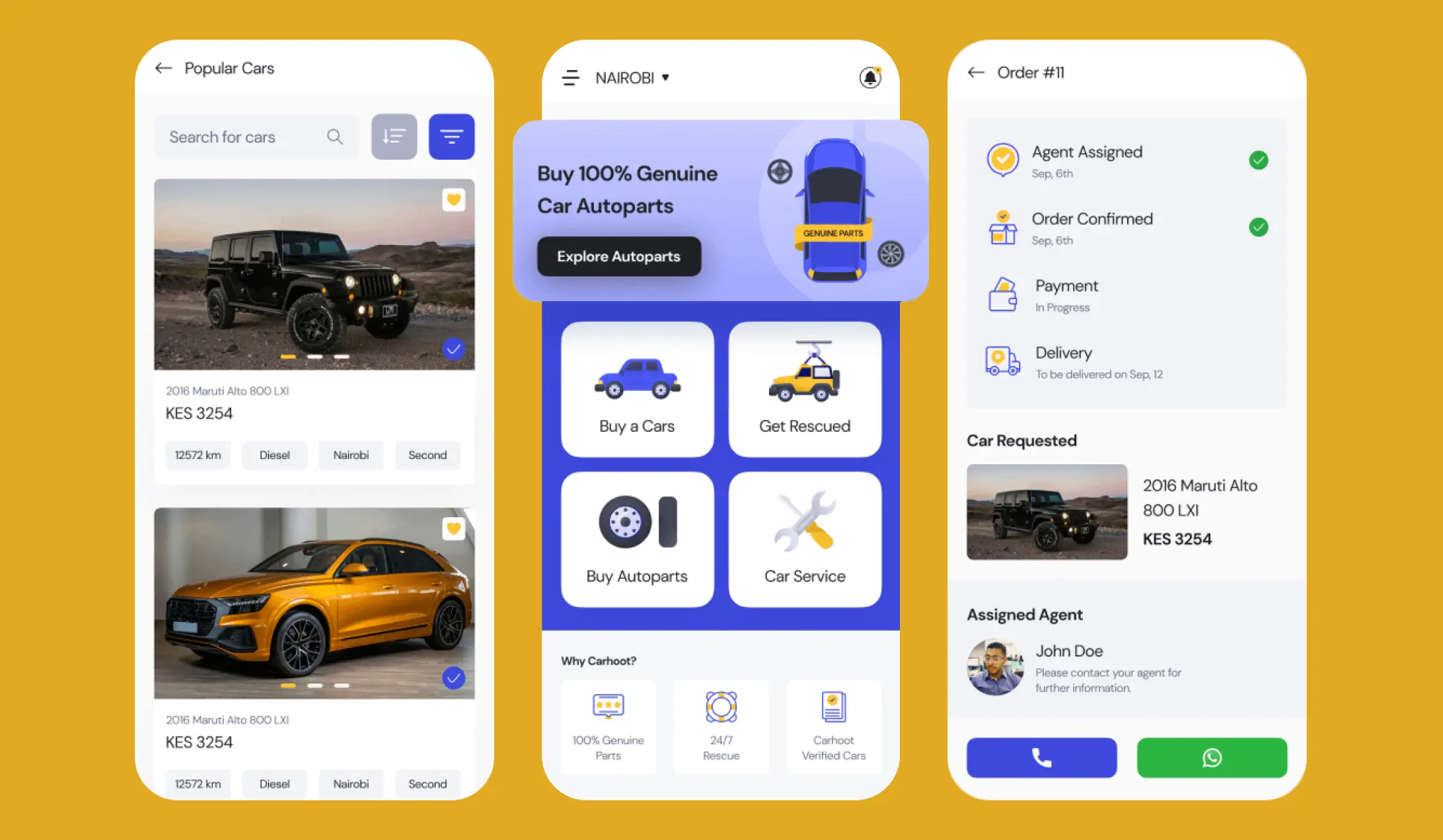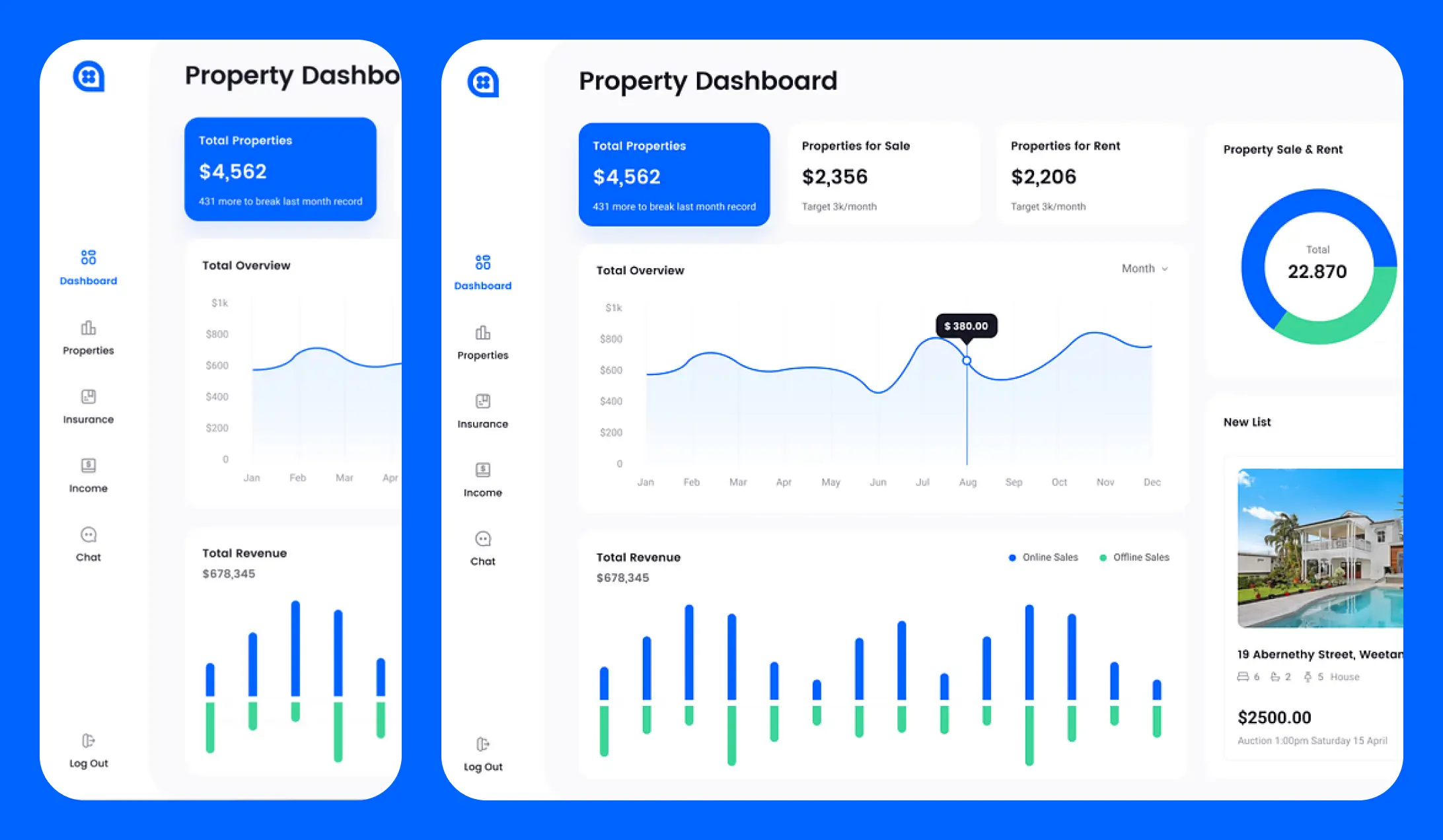Mobile App Design

Mobile App Design: Best Practices and Principles
Mobile app design is a crucial aspect of creating a successful mobile application. A well-designed mobile app can provide a seamless user experience, increase user engagement, and drive business results. Here are some best practices and principles for mobile app design:
Core Principles
- User-Centered Design: Design the app with the user in mind, considering their needs, goals, and behaviors.
- Simple and Intuitive Navigation: Use clear and consistent navigation patterns to help users find what they need quickly.
- Visual Hierarchy: Organize visual elements to draw attention to the most important content and actions.
- Consistency: Establish a consistent design language throughout the app to create a cohesive user experience.
Design Patterns
- Tab Bar Navigation: Use a tab bar to provide easy access to main app features.
- Swipe Gestures: Implement swipe gestures to enable users to navigate between screens and interact with content.
- Modal Windows: Use modal windows to provide additional information or prompt users to take action.
- Pull-to-Refresh: Implement pull-to-refresh to enable users to update content and data.
Visual Design
- Color Scheme: Choose a color scheme that reflects the brand's identity and is visually appealing.
- Typography: Select typography that is clear, readable, and consistent throughout the app.
- Imagery: Use high-quality imagery that supports the app's content and is optimized for mobile devices.
- Iconography: Design icons that are simple, recognizable, and consistent throughout the app.
Best Practices
1. Test and Iterate: Conduct user testing and iterate on the design to ensure it meets user needs and expectations.
- Follow Platform Guidelines: Adhere to platform-specific design guidelines (e.g., Apple's Human Interface Guidelines) to ensure a native user experience.
- Optimize for Accessibility: Design the app to be accessible for users with disabilities, following accessibility guidelines and best practices.
- Keep it Simple: Prioritize simplicity and focus on the most important features and content.
Tools and Resources
- Sketch: A digital design tool for user interface (UI) and user experience (UX) design.
- Figma: A cloud-based UI and UX design tool for collaborative design.
- Adobe XD: A user experience design software for creating and prototyping digital products.
- Material Design: A design system created by Google for Android, providing guidelines and resources for designing Android apps.



